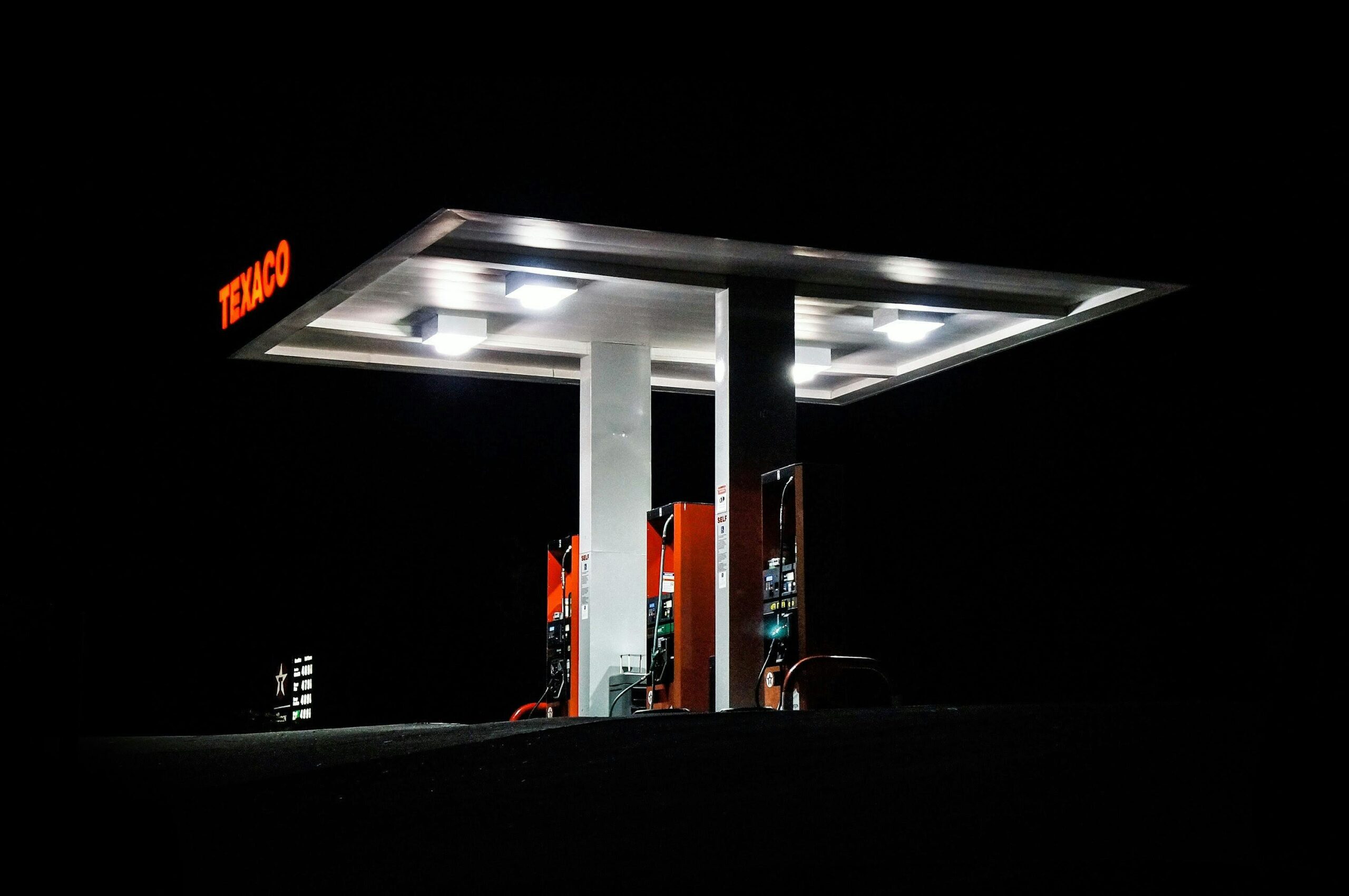Table of Contents
Introduction
What Is Gobar Gas ? In India, Gobar Gas is also known as Biogas. India with a very huge rural population has a huge reliance on agriculture and has huge potential for adapting gobar gas as a renewable energy resource.
Gobar gas is obtained from decomposition of organic waste like cow dung and agricultural waste. This eco friendly energy is addressing rural India energy demands and also waste management and sustainability issues.
In this article lets discuss more about ” What Is Gobar Gas ” and get a deep understanding.

What Is Gobar Gas ?
As discussed earlier, Gobar Gas is obtained from the decomposition of organic waste like Cow Dung and other agricultural waste. Gobar Gas mainly consists of Methane ( CH4 ), which makes up to 70 % of the composition the other 30% consists of Carbon-Di-Oxide ( CO2 ), Hydrogen Sulfide ( H2S ) and Water Vapor. This mixture of gas is combustible and can be used for heating, cooking, lighting and electricity generation.
Gobar Gas Plant : Basics From Scratch
Gobar gas plant is a well built facility that converts organic waste like cow dung into Biogas. The full facility consists of the following components :
Inlet Tank
Its a tank, where cow dung and water are mixed to create a slurry.
Digester Tank
Digester Tank is a airtight tank, where the actual decomposition happens. Bacteria breaks down the the organic matter ( Cow Dung ) to produce Gobar Gas or Biogas.
Gas Chamber
This a chamber that holds the bigas gas produced.
Outlet Tank
This is a tank, where end product slurry is collected, slurry on the other hand is an excellent organic fertilizer and can be used in farms and gardens.
Once the gas is collected in the gas chamber, the gas can be distributed to all the village households using gas pipelines for further usage.
The overall simplicity of the plant makes it ideal for rural households and communities to operate and use it.
Gobar Gas Plant Projects In India
Indian Government and various NGO’s have taken huge steps to promote Biogas projects to encourage sustainable rural development initiatives. Also Indian Government projects like ” National Biogas and Manure Management Program ” ( NBMMP ) aim to install biogas plants across India especially the rural areas.
These projects undertaken by Government of India and NGO’s mainly focus on :
- Self Sufficiency : Reducing the dependency on traditional fuels like firewood and LPG.
- Waste Management : Effective disposal of cow dung and other organic waste.
- Environmental Benefits : Effective contribution to lowering green house gas emission.
Also using biogas contributes to reduced deforestation. These initiatives are aligned with India’s commitment to reduce carbon footprints and promoting renewable energy.
Gobar Gas Plant Cost
The overall cost of setting up a gobar gas plant in India varies depending on its size. For a small house hold plant it can cost up to ₹ 25,000 or $ 300 approximately. For a big community it may cost up to ₹ 2,00,000 or $ 2350 approximately. [ **Cost may vary, amount mentioned are not fixed rates ** ]
Other factors influencing costs are :
Capacity & Material
Smaller capacity plants are more affordable than larger units and the cost of materials used to constructing the digester and the gas holder and other things.
Labor Expenses
These are the expenses paid to the labor for installation and other fittings.
Government Subsides
Subsides given by the government under various schemes can reduce the overall costs to a great extent.
Benefits of Gobar Gas across the Globe
- Cost Savings – Households can save money by replacing LPG or Kerosene with Biogas.
- Eco Friendly – Minimizes deforestations and green house gas emission.
- Fertilizer – End slurry is a organic rich fertilizer that can be used in farming purposes.
- Security – Provides energy security in rural areas.
Also the other important factor that needs to be mentioned is, using biogas reduces indoor air pollution caused by burning firewood.
Challenges Implementing Biogas Plants
Although biogas has many advantages, there are challenges too –
- Initial Costs – Even with subsidies, the cost can be too much for a low income family.
- Maintenance Cost – Maintenance also incurs time to time cost, and without proper maintenance of the plant the efficiency can go down.
- Awareness Issues – People in rural areas have very less knowledge and awareness about biogas benefits.
Conclusion
Bio Gas offers a sustainable source of energy in rural areas, apart from this it also provides energy security in rural areas across the globe. By investing in gobar gas initiatives, India can address multiple issues like energy security, sustainability and environmental issues.
Gobar gas has the potential of becoming India’s future renewable energy.
Folks, if you have liked our article ” What Is Gobar Gas ” or have gained some knowledge by reading our article ” What Is Gobar Gas”, please consider sharing this article with friends and family.
If want to read more about Petrol Spy, click on the following link – Petrol Spy
Happy Reading Folks 🙂



One thought on “What Is Gobar Gas : Sustainable Energy For India.”
Comments are closed.